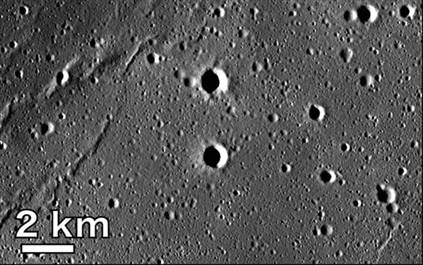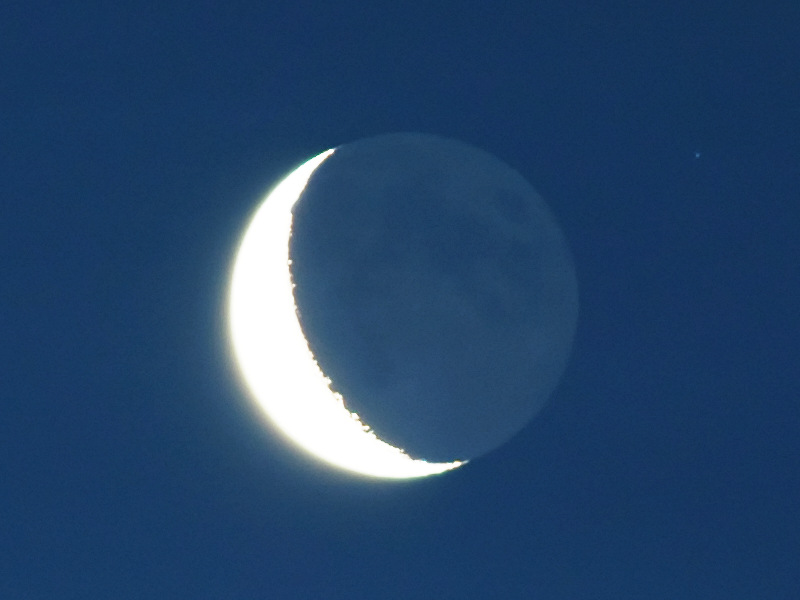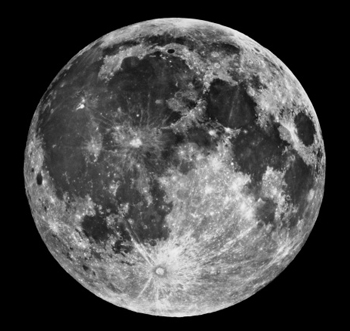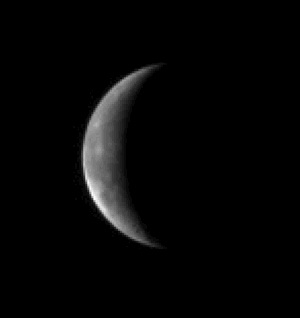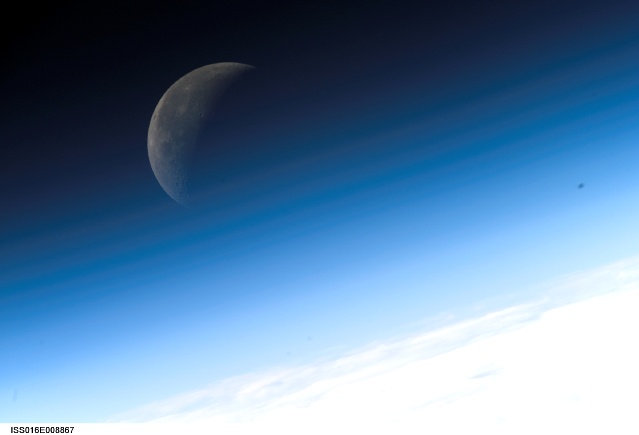The color of Neptune is a bright azure blue. During its flyby in 1989, NASA’s Voyager 2 revealed the bright blue color, different from the pale blue color of Uranus. So why does Neptune have this color?
The answer to Neptune’s color comes from its cloud tops. The upper atmosphere of Neptune is made up of 80% hydrogen, 19% helium with a trace 1% amount of methane and other ices, like ammonia and water. Methane absorbs light at 600 nm, which is the red end of the spectrum of visible light.
Like all the planets in the Solar System, the light we see coming from Neptune is actually reflected light from the Sun. These methane clouds absorb the red end of the spectrum, and allow the blue end of the spectrum to bounce back out. So when you see the color of Neptune, you’re seeing reflected sunlight with the red light stripped out.
From a distance, Neptune looks just like a blue ball, but as you get closer you can see variations in its clouds. Lighter clouds of methane hang above the lower cloud deck. Powerful storms whip across the surface of Neptune; the fastest storms in the Solar System are on Neptune, with winds exceeding 2,400 km/hour. Neptune has a large dark storm, similar to the Great Red Spot on Jupiter.
We have written many articles about Neptune on Universe Today. Here’s an article about “movies” of Neptune captured by Hubble. And some additional images captured by Hubble that really show the color of Neptune.
If you’d like more information on Neptune, take a look at Hubblesite’s News Releases about Neptune, and here’s a link to NASA’s Solar System Exploration Guide to Neptune.
We have recorded an entire episode of Astronomy Cast just about Neptune. You can listen to it here, Episode 63: Neptune.



